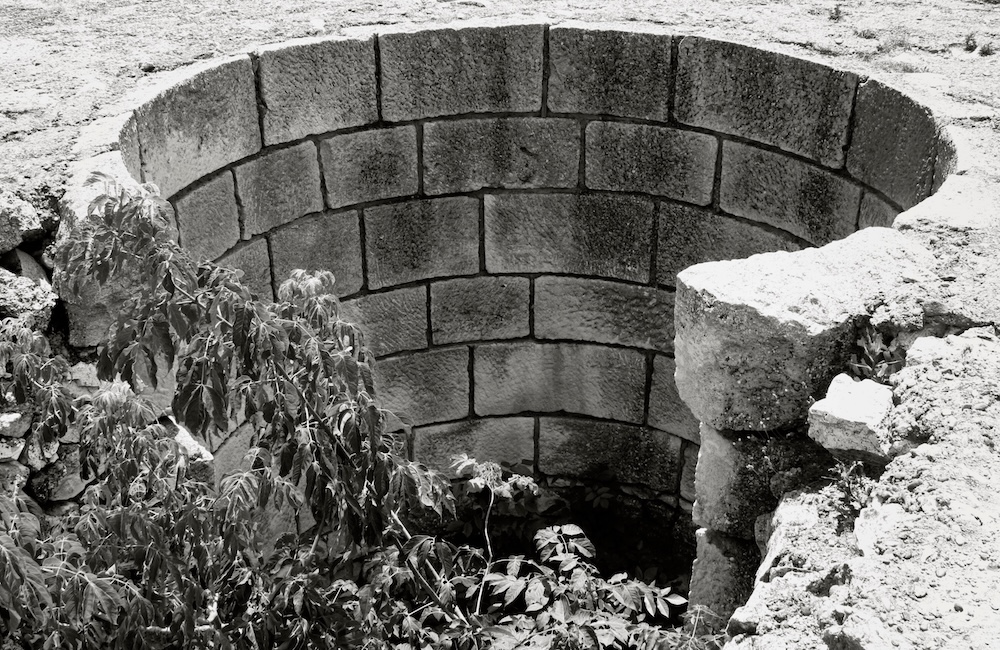Water is the foundation of life — yet in many parts of the world, the supply is running dangerously low. The depletion of aquifers, prolonged droughts, and over-extraction for agriculture and industry are pushing communities to the brink. While water scarcity is already a crisis in some regions, it’s also a preview of what could happen with other finite resources if we fail to act. By examining the global water shortage, we can better understand the broader risks of resource depletion.
The Reality of Aquifer Depletion
Aquifers — underground layers of water-bearing rock — supply drinking water to billions of people. In places like India, California’s Central Valley, and parts of the Middle East, aquifers are being drained faster than they can naturally recharge. Once depleted, these underground reservoirs can take centuries or even millennia to recover, leaving communities permanently dependent on costly water imports or desalination.
Droughts Intensified by Climate Change
While droughts are a natural part of climate cycles, global warming is making them longer, hotter, and more severe. Prolonged drought in regions like the American Southwest, East Africa, and Australia has devastated crops, killed livestock, and fueled wildfires. The combination of heat waves and water shortages can quickly escalate into a humanitarian crisis.
How Water Scarcity Impacts Food Security
Agriculture is the largest consumer of freshwater, using about 70% of global supply. When wells run dry, farms can’t irrigate crops, leading to reduced yields and higher food prices. Countries that rely on food imports face an added vulnerability — if multiple agricultural regions experience drought at once, global food shortages could follow.
The Energy-Water Connection
Water and energy are deeply intertwined. Power plants — whether coal, nuclear, or even some renewable systems — require vast amounts of water for cooling and processing. In a water-scarce world, electricity generation could be disrupted, creating a feedback loop where energy shortages worsen water access, and vice versa.
Lessons from “Day Zero” Scenarios
Cape Town, South Africa, came close to being the first major city to turn off its taps in 2018. Dubbed “Day Zero,” the crisis forced strict rationing and highlighted how quickly a modern city can run out of water. Similar warnings are emerging in cities from São Paulo to Phoenix, showing that water scarcity is not limited to traditionally arid regions.
Broader Implications for Other Resources
The water crisis is a cautionary tale for all finite resources — oil, phosphorus, lithium, and more. Just as aquifers can be drained past recovery, other resources can be mined, extracted, or consumed to the point where no amount of money can bring them back. Scarcity ripples outward, affecting economies, ecosystems, and the stability of nations.
Solutions to Prevent the Wells from Running Dry
Sustainable water management includes reducing agricultural waste through efficient irrigation, investing in water recycling, protecting watersheds, and pricing water to reflect its true scarcity. On a personal level, individuals can conserve water through mindful consumption, dietary choices, and support for water-responsible companies and policies.
Final Thoughts
The phrase “when the wells run dry” is more than a metaphor — it’s a real and growing threat. Water scarcity shows us what happens when humanity ignores natural limits. By learning from this crisis and acting before other resources face the same fate, we have a chance to build a sustainable, resilient future. But that requires treating every drop — and every resource — as if it were irreplaceable.









Reader Interactions